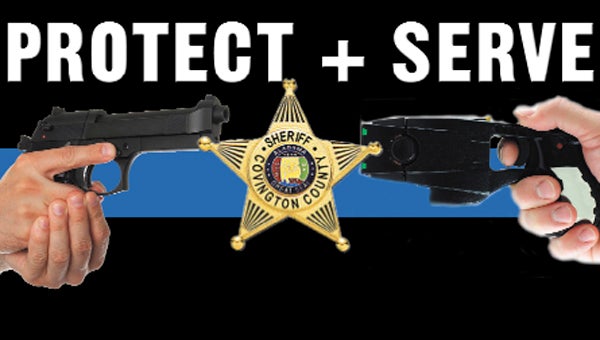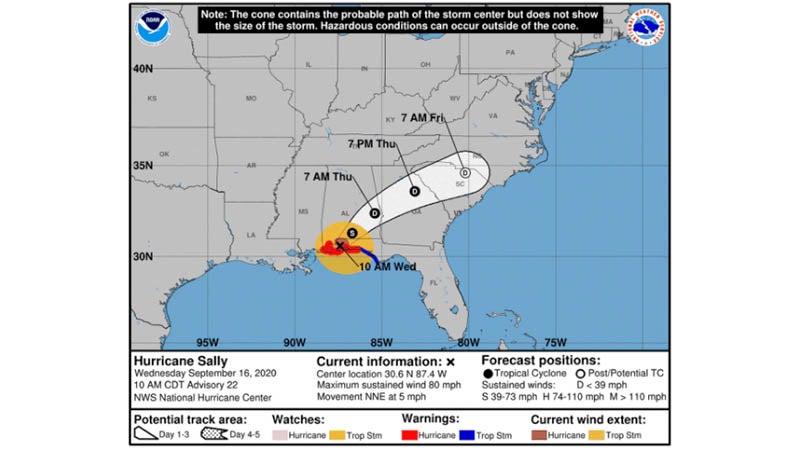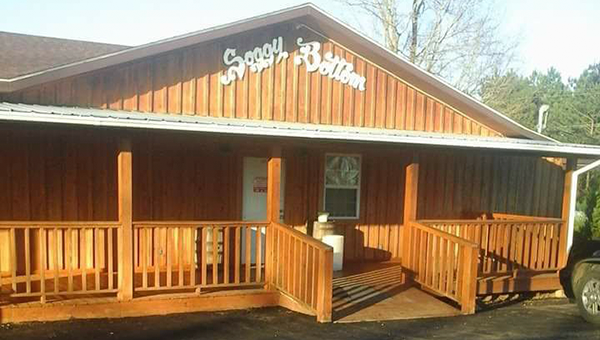Reserve deputies vital to local sheriff’s department
Published 12:05 am Saturday, April 18, 2015
There are nearly 20 reserve deputies in the Covington County Sheriff’s Department and Sheriff Dennis Meeks said they are very valuable to the county.
Reserve deputies have come under fire across the nation this week after an Oklahoma reserve deputy is facing manslaughter charges after he allegedly mistook his gun for a taser.
Video footage shows the reserve deputy, Robert Bates, telling other officers he was deploying his taser, but then he shot Eric Harris in the back with his handgun.
Tulsa County District Attorney Stephen Kunzweiler said that Bates, 73, is being charged with second-degree manslaughter involving culpable negligence.
Locally, Meeks said the process for becoming a deputy involves a prospective reserve deputy filling out an application, undergoing a background check and being voted on by the reserve group.
Meeks said to become a reserve officer one must be a minimum of 21 years of age. Additionally, Meeks said there is no age limit.
“My oldest reserve deputy is in his 60s and he’s been on the force for over 30 years,” he said. “Our youngest is in his 30s.”
Meeks said the applications are brought to him to see who is applying.
Reserve officers are important to the county because they give much-needed manpower for various occasions.
“If we have a situation where we need extra manpower, they assist,” Meeks said. “Mostly it’s for local events like ballgames, natural disasters, if a child wandered off – that kind of thing.”
Meeks said that he or Chief Deputy David Anderson makes contact with the reserves for aid.
Additionally, Meeks said reserve officers ride with deputies on patrol to provide an extra body.
“They are there only as backup,” he said. “They do not take a lead on any traffic stops or call-outs.”
Meeks would not comment directly on the Oklahoma shooting because he said he did not know the circumstances, but locally, he said that only certified reserves are allowed to carry a taser.
And as of Thursday, there was only one local reserve officer with that certification.
They do, however, carry handguns while on duty.
“They must undergo a firearms qualification and training two times a year, just like our regular officers.”
Meeks said that his officers, who do carry both a gun and taser, keep them on opposite sides, with the handgun on the strong side of the officer and the taser on the other.
“That is to keep them from mixing the taser and handgun up,” he said. “Keeping the taser on the other side makes you think when you have to reach across to your weaker side. It is also worn backwards.”
Meeks said in light of officer-involved shootings throughout the country, he has addressed the issues in his monthly safety meetings.
“We always talk about different situations,” he said. “And how we should react.”





